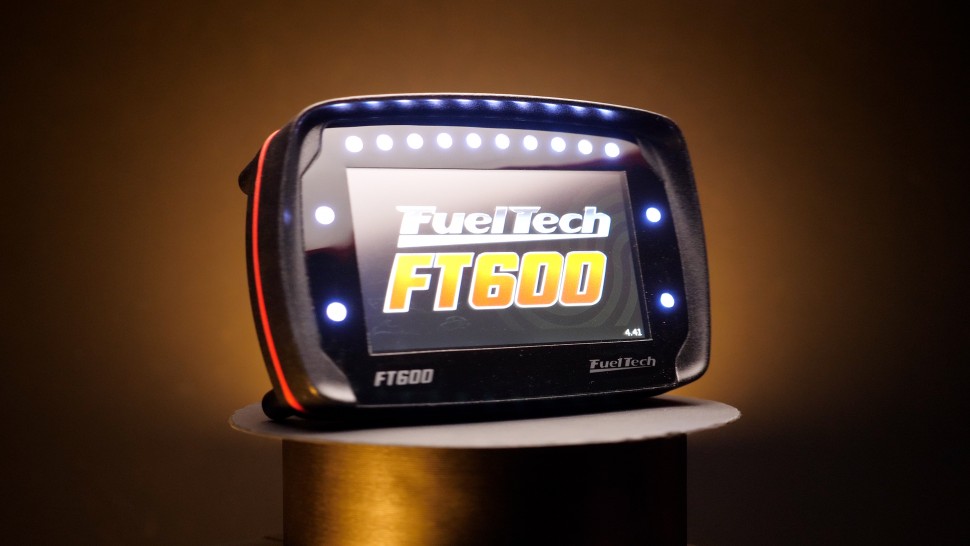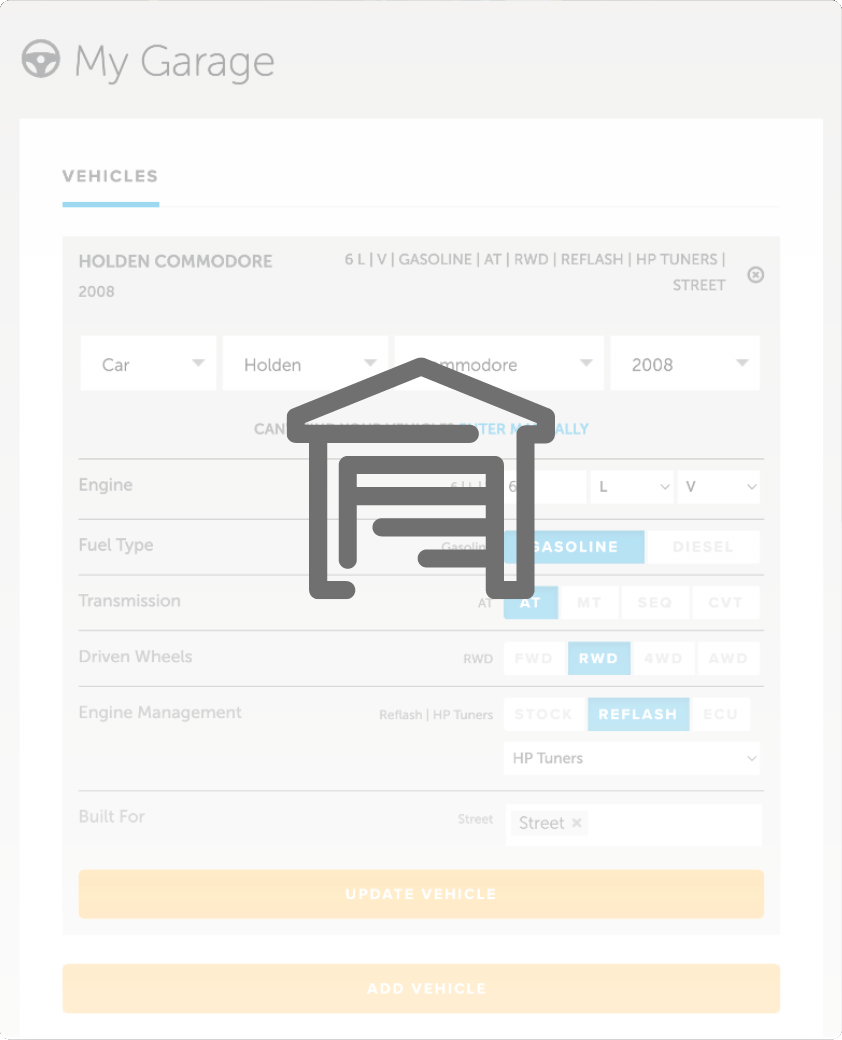| 00:00 |
Now that we've stressed the critical nature of accurate torque estimation and reporting from the engine controller to TCM, let's review how to allow the engine to create more torque without unwanted limitations and still retain safety measures to protect the drivetrain.
|
| 00:16 |
First, in this module we're going to cover an overview of common limits and their uses, and then in the following module we're going to discuss some of the practical applications and how they can be modified to improve a vehicle.
|
| 00:30 |
Some of the common limits we might face in a TCM are typical torque-based limits, temperature-based limits, slip protection responses, speed limiters, brake torque limits, park neutral limits, as well as line and clutch pressure limits.
|
| 00:48 |
Let's start with torque-based limits, which when it comes to transmission tuning are what I hear questions and complaints about most, and I often see discussions of maxing all the limits out.
|
| 00:59 |
While I understand this can be tempting, especially if you aren't sure which limits you're running into and you're hoping for the quickest solution to add power now, it's usually easy enough to adjust torque limits methodically until they aren't preventing the desired outcome.
|
| 01:13 |
After all, the limits are there to hopefully prevent failures, which isn't a bad While torque limiters are often set more conservatively than you might like, temperature-based limiters may be set in a manner that allows abusive driving before the engine or transmission warms up, and that's something we want to avoid.
|
| 01:30 |
Next, we have slip protection responses.
|
| 01:32 |
In most cases, we don't want to let the clutches slip more than the OE felt was prudent.
|
| 01:38 |
This usually ends in worn or failed parts.
|
| 01:42 |
However, in certain race applications, some excess slippage in exchange for a run completed under power may be a fair trade for worn parts.
|
| 01:51 |
On the other side, we may want to add more slip protection into a tune to better protect certain vehicles.
|
| 01:59 |
Vehicles driven abusively like taxis, delivery vans, or trucks used for plowing snow come to mind.
|
| 02:05 |
Moving down the list, we have speed limiters.
|
| 02:07 |
These are fairly self-explanatory, but why we use them may be less obvious.
|
| 02:12 |
The reality is components like your driveshaft and tires all have a limit to how fast they can spin before they become unsafe.
|
| 02:21 |
And obviously, the faster you go, the bigger the consequences.
|
| 02:25 |
While a street tire will always have a speed rating on the side, this information will need to be given by a manufacturer when it comes to race tires and aftermarket driveshafts.
|
| 02:36 |
By doing some fairly simple calculations, which we'll go through in the next module, we can work out a safe vehicle speed limit for the components and implement them into the tune.
|
| 02:45 |
In addition to the main torque limits that are active under most or all conditions, we may find alternate torque limits based on specific operating conditions.
|
| 02:54 |
The brake torque limit and park neutral limits are some common examples.
|
| 02:59 |
The brake torque limit is designed to apply to the torque converter and other components while the driver is holding the brakes and applying the accelerator pedal to prepare the vehicle for launch or to do a burnout.
|
| 03:11 |
This is designed to limit the heat put into the transmission components, especially the torque converter, and in some cases it may be set so the vehicle doesn't take off more quickly than the driver expects it to.
|
| 03:23 |
Obviously, not ideal if we're tuning for increased performance though.
|
| 03:27 |
By upping this limit, we can improve a vehicle's launch and acceleration capabilities, as well as change its burnout behavior.
|
| 03:34 |
Park neutral limits, on the other hand, are usually there to avoid two things.
|
| 03:39 |
Unnecessary torque provided in park or neutral, since it can't make the car move anyway, and what we used to call neutral bombing as kids.
|
| 03:46 |
This involves flooring the engine in neutral, quickly shifting it into drive or a forward gear, causing the engine torque to suddenly get sent to the tires.
|
| 03:55 |
Vehicle manufacturers wised up to that and now have added systems which reduce torque in park and neutral.
|
| 04:01 |
Many also reduce torque even further if we shift from neutral to drive while pressing the accelerator.
|
| 04:08 |
Increasing the park neutral limit is generally only useful if you're hoping to free up the engine more aggressively, just for the fun and sound of it.
|
| 04:16 |
The last common set of limits I'll mention before moving on to the practical discussion aren't torque or speed related, they're pressure related.
|
| 04:23 |
As we've already discussed at length, transmission line pressure and clutch pressure are regulated, and in some cases we may want a bit of extra pressure to help hold additional power.
|
| 04:35 |
By upping these limits, we can achieve greater torque holding ability, up to a certain point of course, depending on the individual components that we're using.
|
| 04:44 |
This is something we really want to have a good understanding of before making any changes, so we'll be diving into the subject in more detail next.
|
| 04:53 |
For now though, let's quickly summarize the most common types of limits we've discussed in this module.
|
| 04:59 |
These are torque base limits, temperature base limits, slip protection responses, speed limiters, brake torque limits, park neutral limits, as well as line and clutch pressure limits.
|
| 05:12 |
All of these limiters are there to protect the vehicle, but most can be modified as part of improving a vehicle's performance.
|





